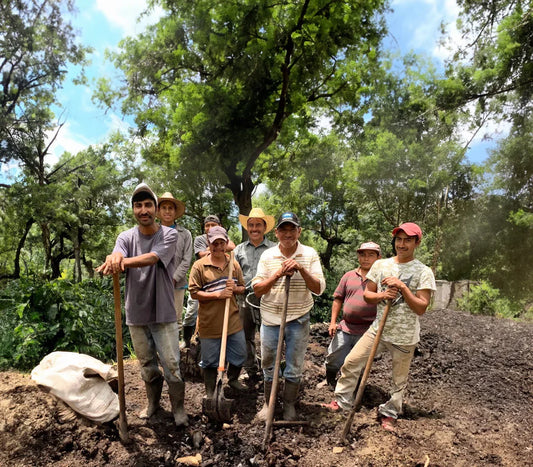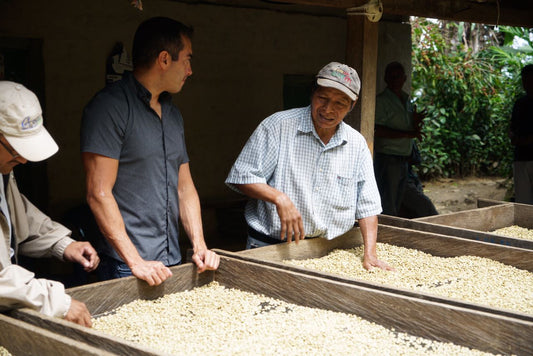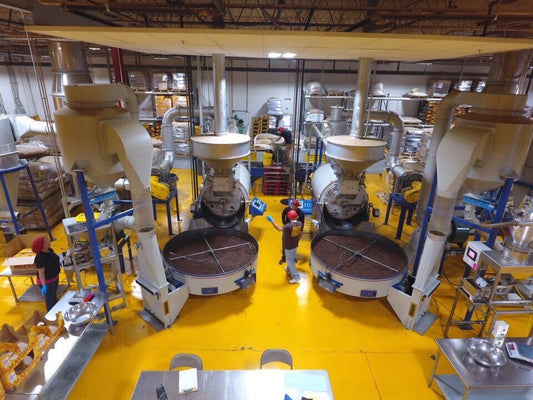
How the Maya Discovered the World’s Favorite Treat
Maya people believed chocolate was a food fit for the gods.
Despite decades of inaccurate portrayals of the Maya in US and European media, they developed one of the world's largest and most advanced civilizations in Mesoamerica over 2,000 years ago. Mysteriously, these advances are overlooked as textbooks educate children about the advances of "less melanated" civilizations.
Among their discoveries thousands of years ago was cacao, first found in the Amazon basin. The area was largely inhabited by the Maya, and we now know that it's home to more varieties of cacao than anywhere else in the world.
The evidence of their discovery of chocolate is clear – the Maya were excellent record keepers, with an empire that made a number of intellectual, scientific, and artistic discoveries that were without parallel at the time.
Today, this makes it clear that one of Latin America's great ancient civilizations is responsible for one of the world's favorite sweet treats – among many other contributions in science, math, agriculture, and engineering.

How Did the Maya Discover Chocolate?
Maya records are filled with references to cacao, which date back to around 600 BCE – more than 2,000 years before colonizers took it back to Europe.
For the Maya, this was more than food. It was a sign of prestige, a social centerpiece, and a cultural touchstone. It was used during religious ceremonies, left in tombs when prominent individuals died, and given as a gift or dowry.
Maya religion states that cacao was originally given to the people by the god Hunahpú, and thus of sacred value, only second to maize.
Later records show Ek Chuah, the god of chocolate – and it also appears that the goddess of fertile land and successful harvests was named Ixcacao in its honor.
When it was consumed, Maya people would often grind cacao beans, and steep it to create a drink. We know this because of the long, thin vessels with inscriptions that would indicate their use.
The Maya would also often add other ingredients to this drinking chocolate, such as achiote, chili, maize, and vanilla. This would add a more palatable flavor to what was an otherwise bitter and unpalatable beverage.
Of course, chocolate was not only revered by the Maya. The Aztecs, Mesoamerica's last great native civilization, also worshiped cacao.
There is even an image of an Aztec woman pouring chocolate in the Tudela Codex – an ancient book written between 1530 and 1554.

How Maya and Aztec Civilizations Used Chocolate
In later years, as chocolate became more and more sought-after, both the Maya and Aztecs used cacao as a currency.
While larger payments would sometimes be made with quachtli, bolts of cotton of a standard length or quality, cacao beans could be used for smaller purchases.
When the Aztecs took control of the Soconusco region in southwestern Chiapas, the Maya's cacao plantations were so valuable that the Aztec army was sent to protect them.
Today, Chiapas, Tabasco, and Guerrero are still the main cacao-producing regions in Mexico. Many of our people who farm there still trace their roots back to the impressive Maya empire.
The same is true of many countries in Central America – the Maya civilization encompassed Guatemala, Belize, and Mexico, as well as parts of Honduras, and El Salvador. Many of the communities we work with were once part of this empire, and many of the people we work with have directly descended from the ancient Maya people.
This includes Capucas in Honduras, Acatenango in Guatemala, and Chiapas in Mexico, all of which are well-known coffee-growing regions.
As part of Mayorga Coffee's commitment to sharing the stories of our great and powerful people, we created a Mayan Blend, which consists of coffee sourced directly from farmers in the region that continue in the footsteps of the Mayans today.


